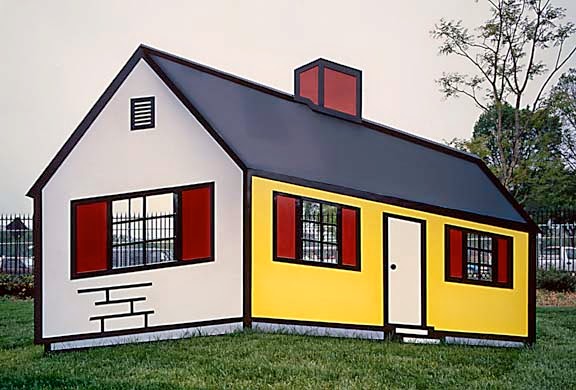"During the 1890s, Tiffany experimented with a variety of decorative arts, including blown glass, metalwork, pottery, and enamels. Enamelware is composed of glass and glass silicate, with metallic oxides added to provide color. This surface is applied to copper (and other metals) and fired at a high temperature. Copper was used as the base because it was thin and created a surface for unpredictable reactions in color. Closely linked to glassmaking, enamels provided great versatility and flexibility in color range, an important feature in Tiffany's artwork, as well as a shimmering surface when light struck. The enamel department, led by women such as Patricia Gay and Julia Munson, produced small decorative objects, including bowls, vases, and covered boxes that were made in limited production for about nine years from 1898 to 1907."
{http://www.metmuseum.org/toah/works-of-art/51.121.29}
Bowl, 1899
Louis Comfort Tiffany (American, 1848–1933); Tiffany Glass and Decorating Company (Stourbridge Glass Company)
Enamel on copper; 6 1/8 x 9 1/2 in. (15.6 x 24.1 cm)
Gift of Louis Comfort Tiffany Foundation, 1951 (51.121.29)
Louis Comfort Tiffany (American, 1848–1933); Tiffany Glass and Decorating Company (Stourbridge Glass Company)
Enamel on copper; 6 1/8 x 9 1/2 in. (15.6 x 24.1 cm)
Gift of Louis Comfort Tiffany Foundation, 1951 (51.121.29)
Gold, enamel and opal brooch, Louis Comfort Tiffany, Circa 1910 - Sotheby's
Centring
on a black opal within a textured surround of fruiting vine leaves
decorated with blue and green enamel, accented with circular-cut
sapphires and green garnets, signed Tiffany & Co. Estimate: 4,000 - 6,000 GBP
LITERATURE: Cf:
John Loring, "Tiffany Jewels", Harry N. Abrams, Inc, 1999, Chapter 11,
pages 168-169 and 178 for examples of similar opal jewels by Louis
Comfort Tiffany.
Sotheby's. Jewels. London | 11 Apr 2013 www.sothebys.com
Not enamel but my favorite work of his. The Bella Apartment Window
Bella Apartment window, ca. 1880
Louis Comfort Tiffany (American, 1848–1933)
Leaded glass; 24 1/4 x 29 1/2 in. (61.6 x 74.9 cm)
Gift of Robert Koch, 2002 (2002.474)
Louis Comfort Tiffany (American, 1848–1933)
Leaded glass; 24 1/4 x 29 1/2 in. (61.6 x 74.9 cm)
Gift of Robert Koch, 2002 (2002.474)
{http://www.metmuseum.org/toah/works-of-art/2002.474}
"The Bella Apartment house was newly constructed in 1878 when Tiffany and
his young family moved into a top-floor apartment. Tiffany was able to
decorate his apartment, in which the interiors paid homage to the
Aesthetic movement in their forms and decoration, uniting Japanese,
Islamic, and Indian cultures. The interior also heeded progressive
design, as demonstrated by one of the few surviving objects from this
interior, the abstract window from the entrance hall. This remarkable
and most personal leaded-glass window is an example of
nonrepresentational work from Tiffany's formative years."















































